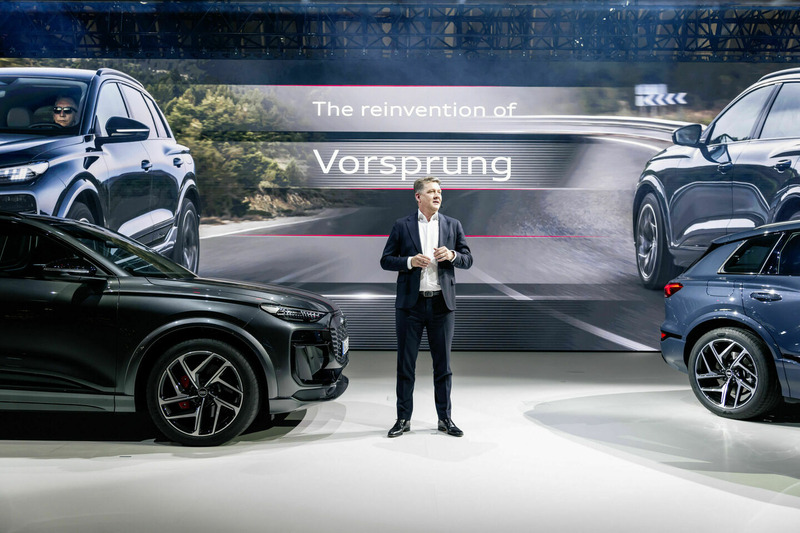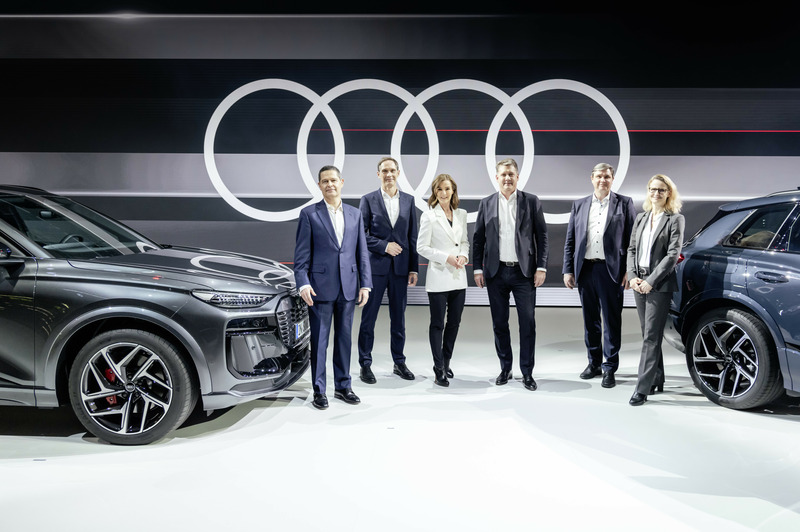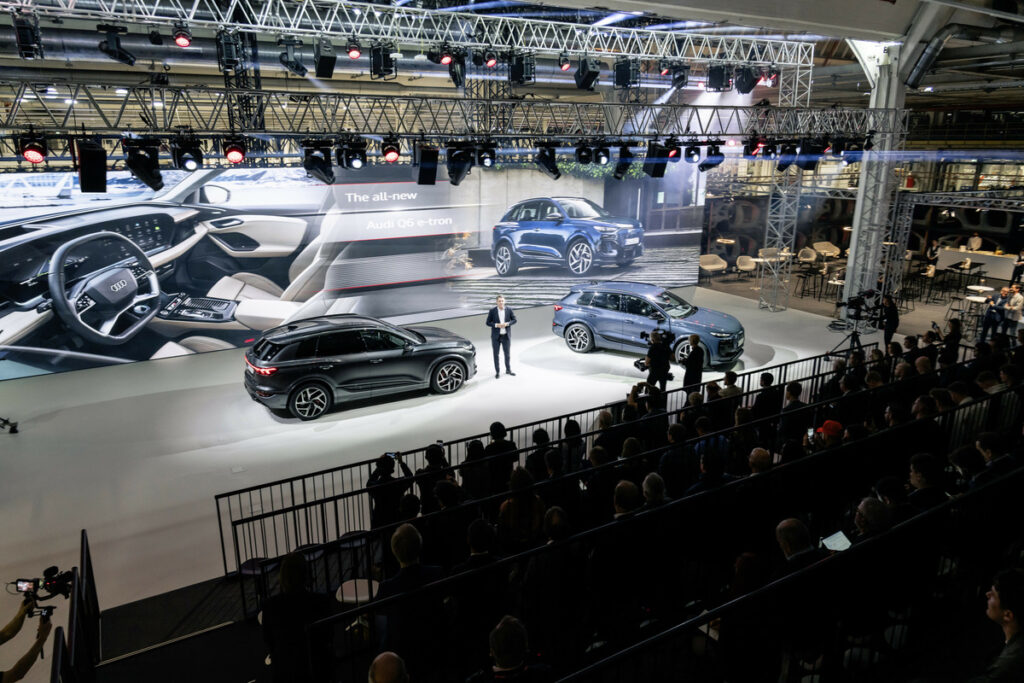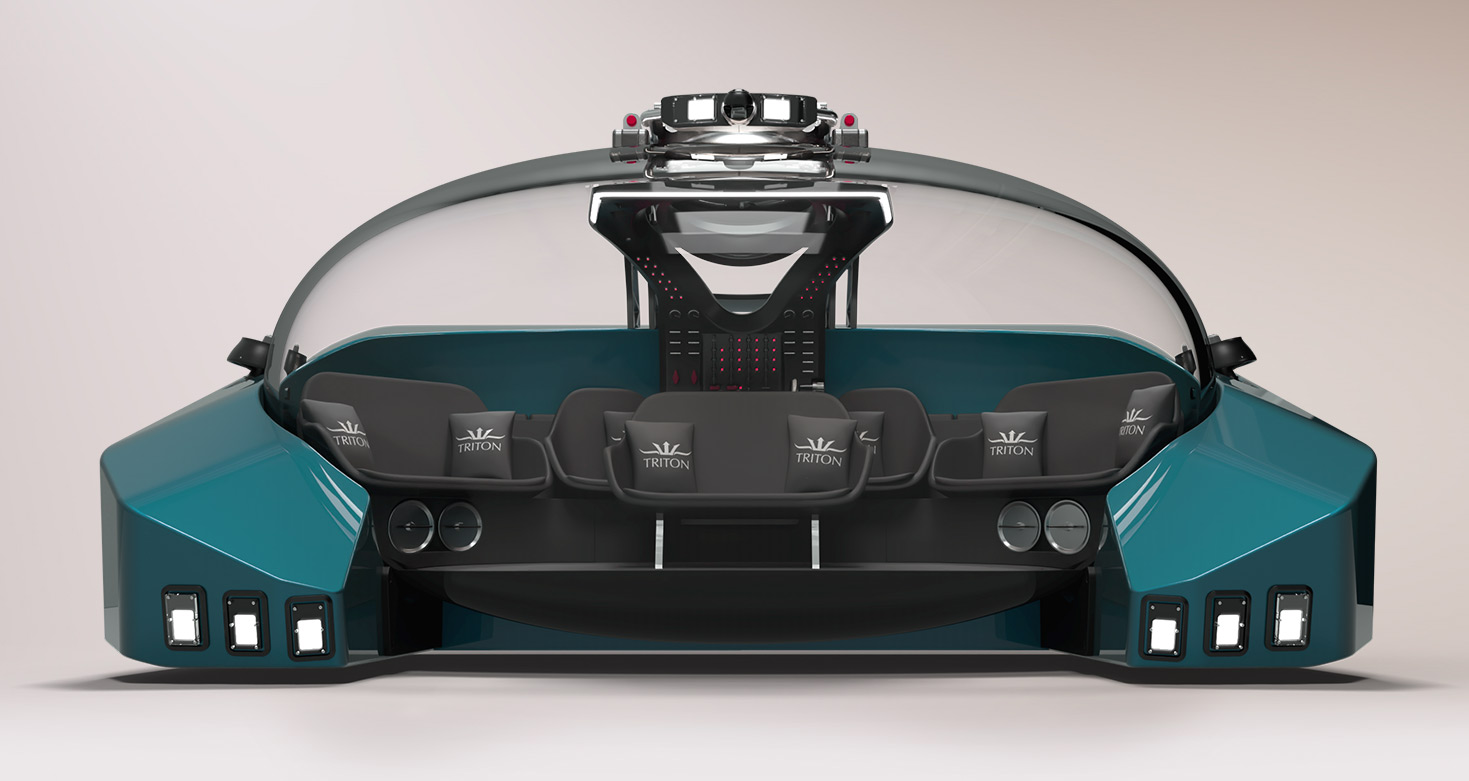Audi embarks on mass production of the novel Premium Platform Electric (PPE) alongside the E³ 1.2 electronic architecture.
Gernot Döllner, CEO of Audi: “The PPE facilitates the introduction of cutting-edge models across various sectors, marking a significant step towards electrifying our lineup.”
E3 denotes an electronic framework elevating digital integration to unprecedented heights; it will be adaptable across the Volkswagen Group.
The world premiere of the Audi Q6 e-Tron on March 18, 2024,
Audi continues to reinforce its position as a premier provider of interconnected and fully electric luxury transportation with the introduction of Premium Platform Electric (PPE) and the innovative E³ 1.2 electronic architecture. Developed jointly with Porsche, the PPE platform and the E³ 1.2 electronic architecture, crafted in collaboration with CARIAD, represent crucial milestones in Audi’s global expansion of electric vehicles, heralding the onset of Audi’s most extensive product initiative to date. With the debut of the Audi Q6 e-tron, the iconic brand with four rings presents its inaugural production model built on PPE, a platform tailor-made for electric vehicles powered by batteries.

“The PPE, along with the Audi Q6 e-tron series, embodies the next evolutionary leap in premium electric transportation—this applies not only to Audi and the Volkswagen Group but also to our discerning clientele,” remarked Gernot Döllner, Chairman of AUDI AG’s Board of Management, during the world premiere at the company’s headquarters in Ingolstadt. “The PPE exemplifies our collective pooling of expertise within the Volkswagen Group to achieve scalable electric mobility. Leveraging the PPE, we can introduce high-volume, technologically advanced models across diverse segments, thereby advancing our commitment to electrification,” elaborated the Audi CEO. Döllner underscores the PPE’s adaptability, ensuring each future model retains its distinct identity alongside Audi’s signature DNA.

From inception, the technical components of the PPE were meticulously tailored to the unique demands of battery-powered vehicles and categorized based on functionality. This novel architecture harnesses the full spectrum of advantages electric cars offer, featuring a modular design. “As the inaugural model series utilizing the new PPE, the Audi Q6 e-tron sets new benchmarks in efficiency, range, charging capabilities, and design,” emphasized Gernot Döllner.
Key features include an 800-volt architecture, robust electric motors, and a sophisticated battery and charging management system. The PPE accommodates varying wheelbase, track width, and ground clearance requirements for both elevated and flat-floor models, resulting in enhanced design flexibility, reduced weight, and improved efficiency.

The battery assembly facility in Ingolstadt marks the city’s first instance of total electric vehicle production. Furthermore, the headquarters boasts Germany’s inaugural Audi battery assembly facility. “The establishment of the battery assembly facility enhances the vertical integration of manufacturing in Ingolstadt and augments the site’s competencies,” noted Gerd Walker, Board Member for Production and Logistics. Xavier Ros, Board Member for Human Resources and Organization, added, “Simultaneously, we are generating new employment opportunities at our facilities, recognizing that successful transformation necessitates the active involvement of our workforce.
This transition is made feasible by the dedication of our Audi employees, who continuously upskill and reinvent themselves professionally.” In preparation for the launch of the Q6 e-tron series, Audi has trained approximately 8,300 employees in Production, Technical Development, and Sales in Ingolstadt, with a significant number of experts also undergoing electrification training in Győr. Over the past two years, AUDI AG has invested over 250 million euros in employee training and development. “For the transition to electric mobility, we are leveraging our existing facilities, focusing on internal renewal rather than constructing new plants. This exemplifies sustainability in action, encompassing social, ecological, and economic dimensions,” affirmed Walker. With the Q6 e-tron series, Audi remains committed to offering electric models across all core segments by 2027.
Jörg Schlagbauer, Chairman of the General Works Council of AUDI AG, echoes the sentiment, welcoming the introduction of the next generation of electric Audi models: “We must innovate and revolutionize automobile production processes, fostering the emergence of new, digitally-driven automotive realms. Customers must once again experience Vorsprung durch Technik. It is the experienced, forward-thinking, and dedicated Audi workforce who will spearhead this endeavor.”
The new E3 electronic architecture promises an unparalleled interior experience. The Audi Q6 e-tron series, built upon the PPE, will be the first Audi model to incorporate the new E3 electronic architecture, version 1.2. E3 signifies a comprehensive electronic structure underpinned by a novel domain computer framework comprising five high-performance computers (HPC), overseeing all vehicle functionalities, from entertainment and driving features to semi-autonomous driving capabilities in subsequent evolutionary stages. With the E³ 1.2 electronic architecture, Audi introduces the latest electronic architecture and software co-developed with CARIAD into its models, incorporating brand-specific attributes. This scalable architecture, utilized across the Volkswagen Group, represents a significant stride towards digitalizing the model lineup. In addition to a revamped infotainment platform based on the Android Automotive operating system, E3 1.2 facilitates rapid software updates and enhancements.
An array of interconnected features promises customers an entirely novel interior experience. The infotainment system introduces novel functionalities, such as the Audi store for applications, alongside enhanced navigation capabilities, culminating in a more immersive experience when paired with the new display and user interface paradigm. The refined concept employs meticulously orchestrated displays to present digital content, fostering a digital oasis within the vehicle interior.








